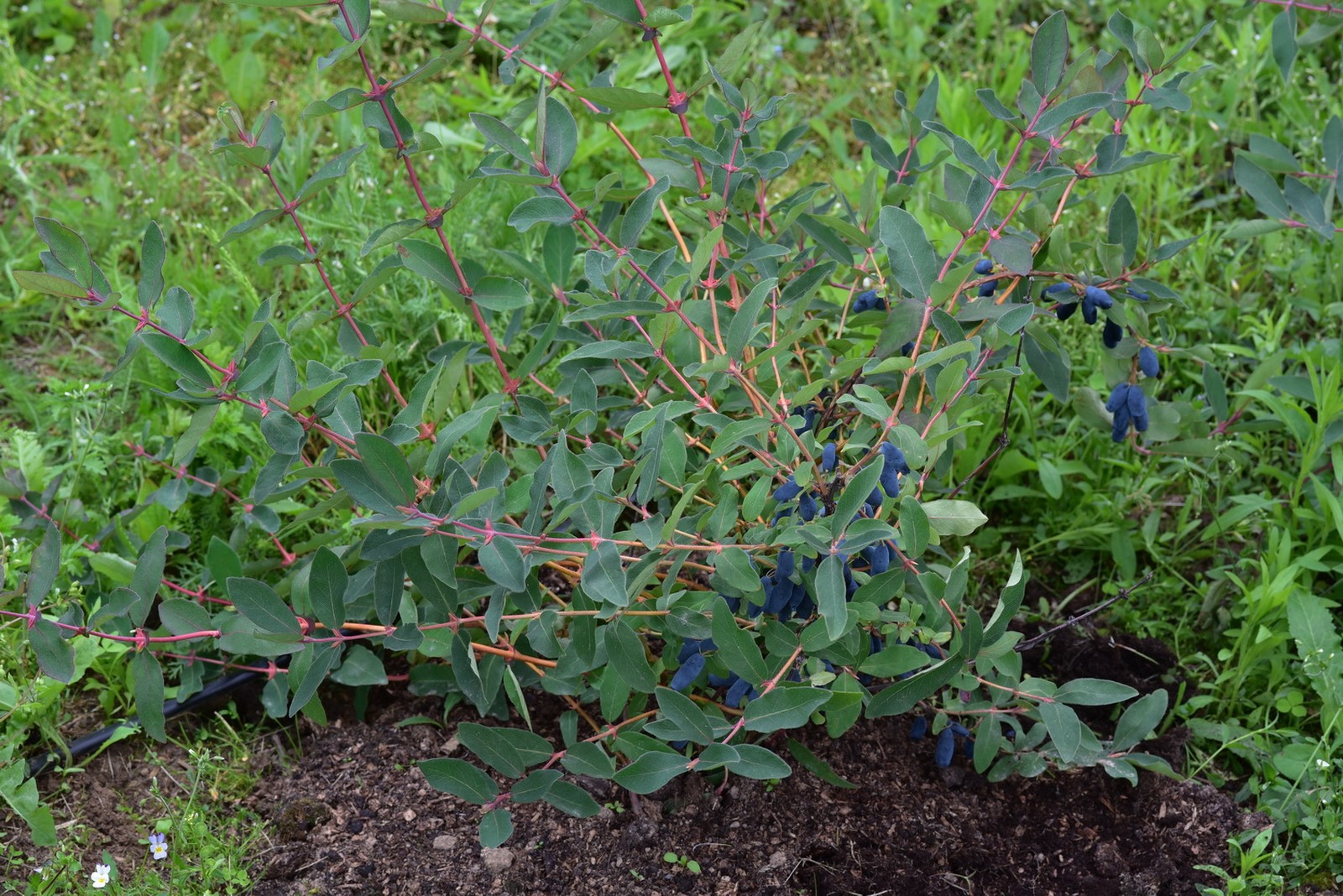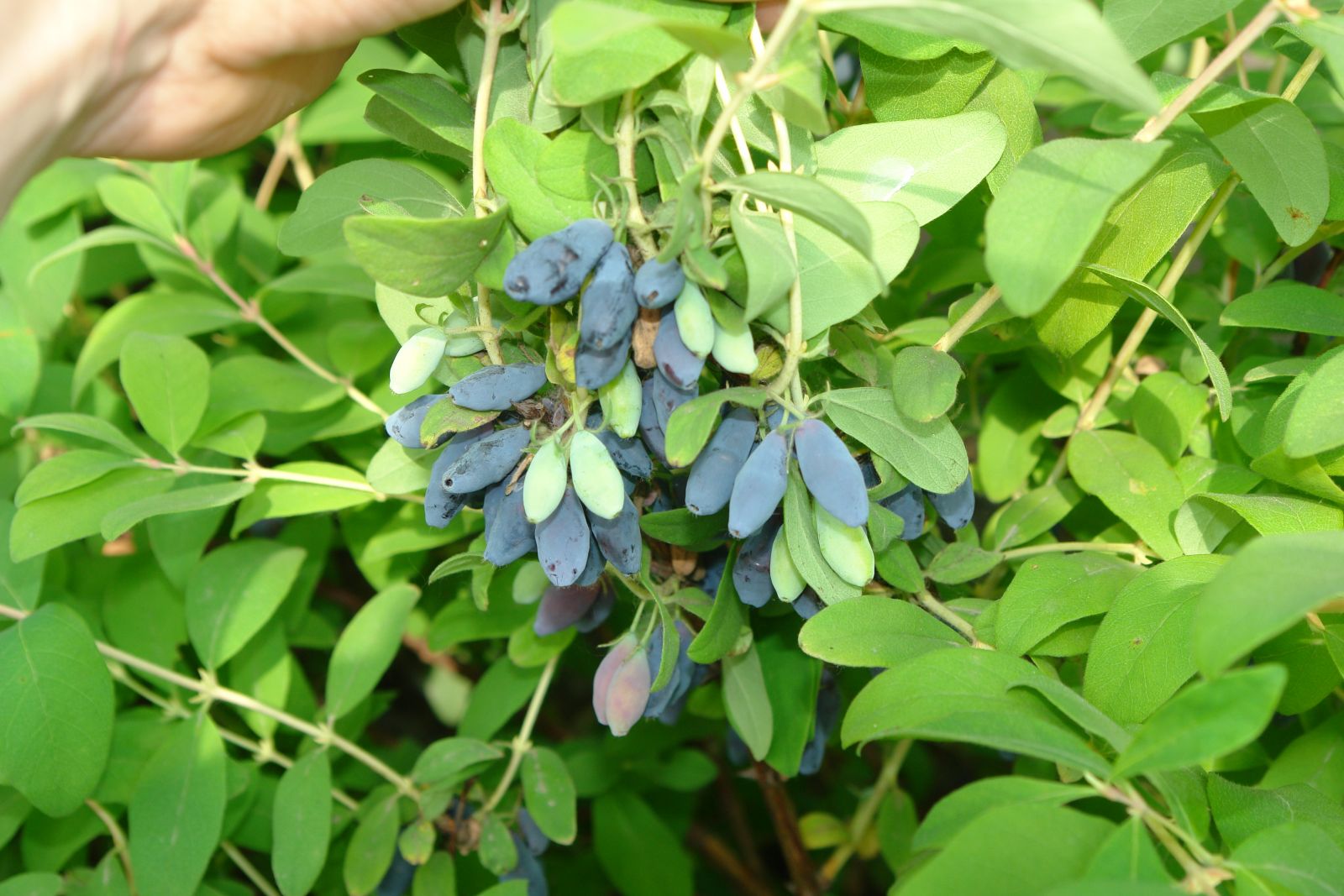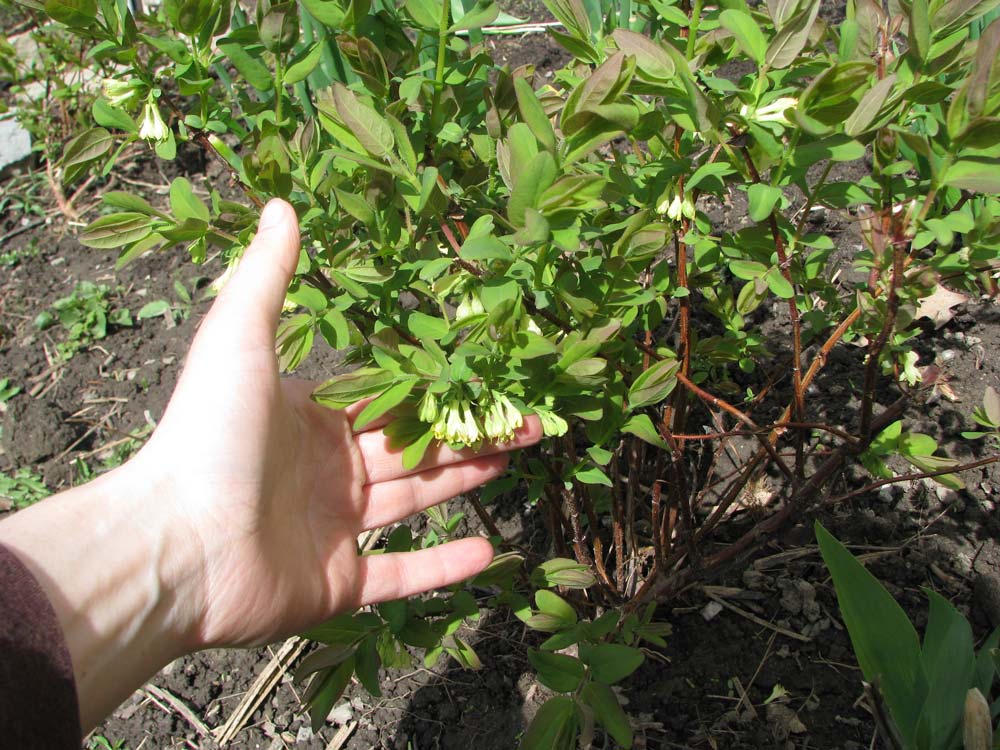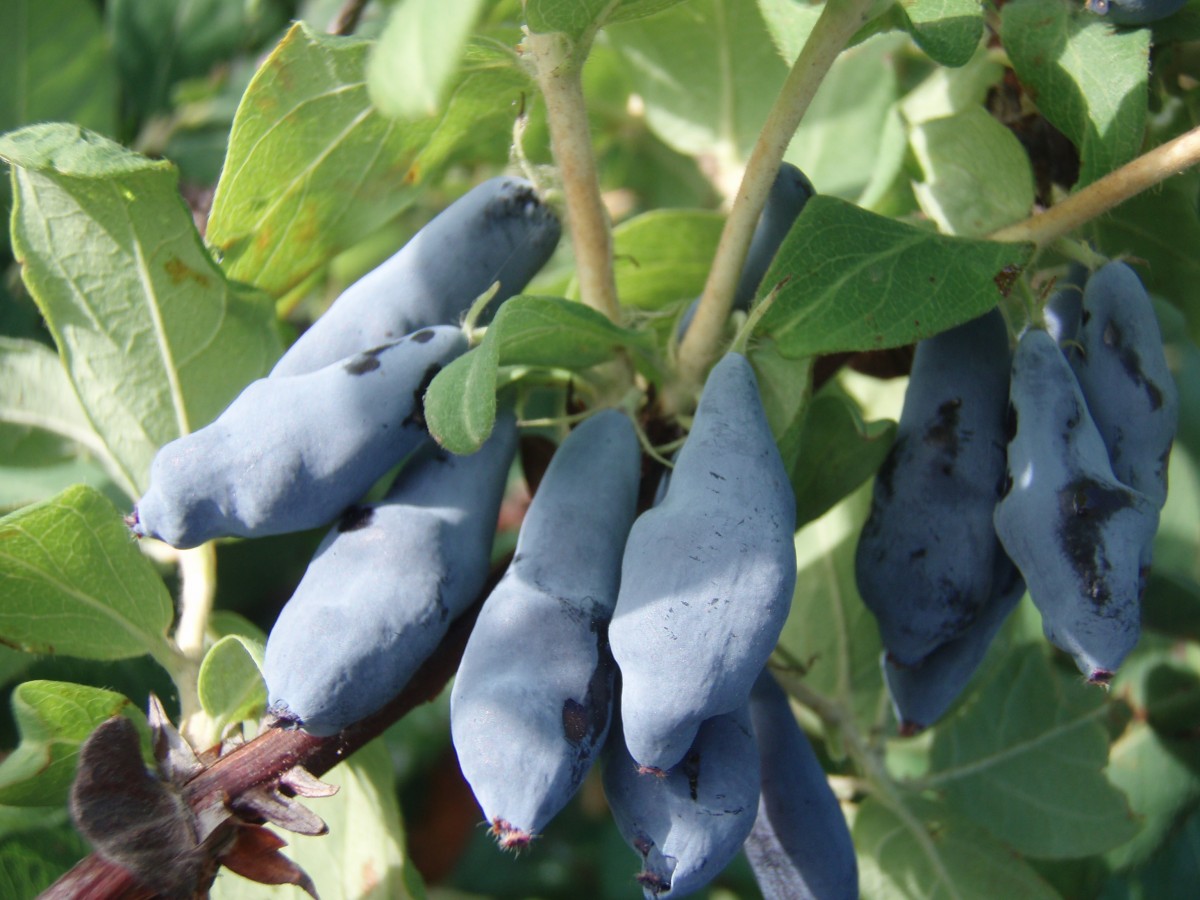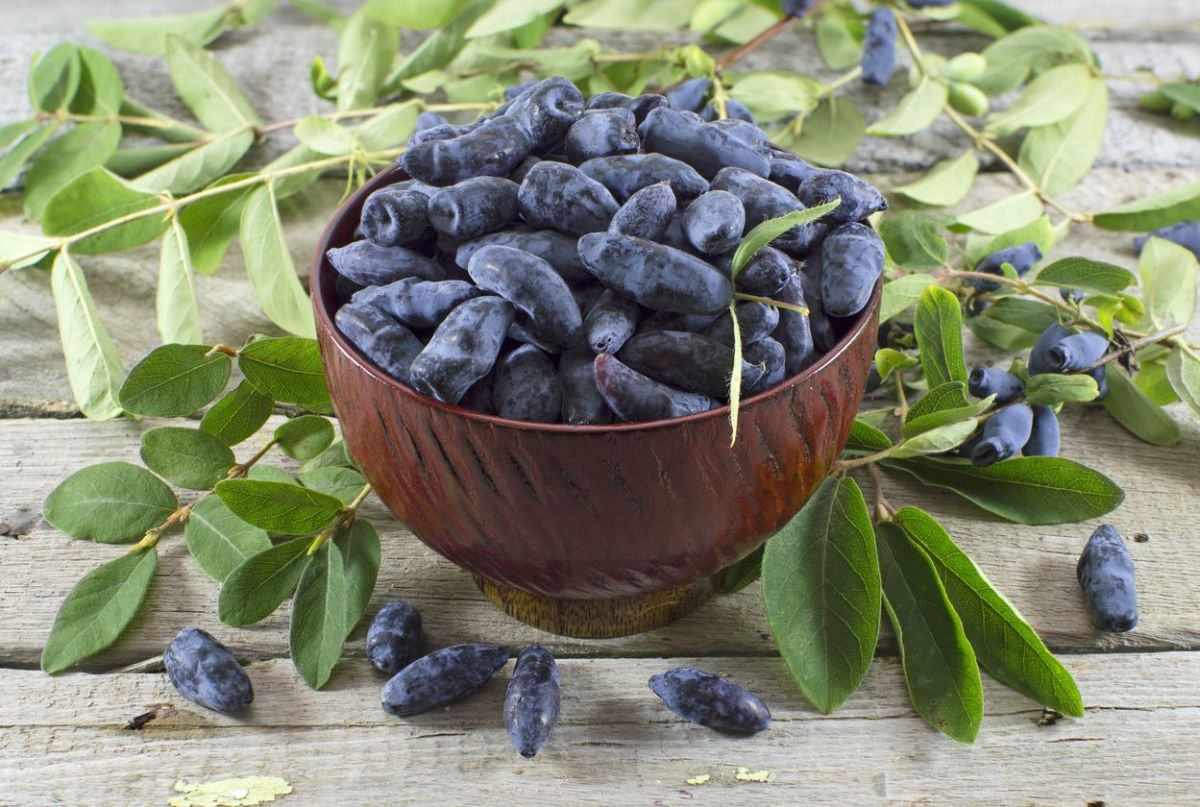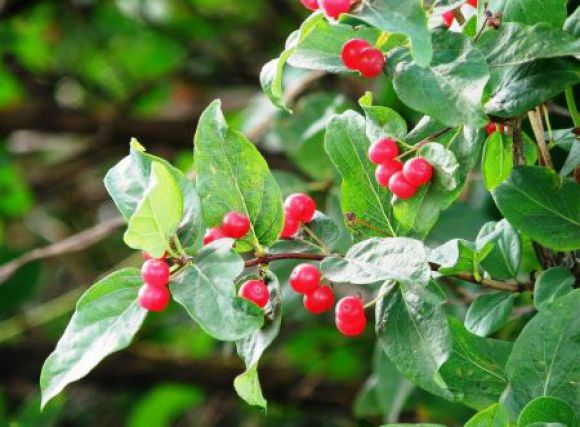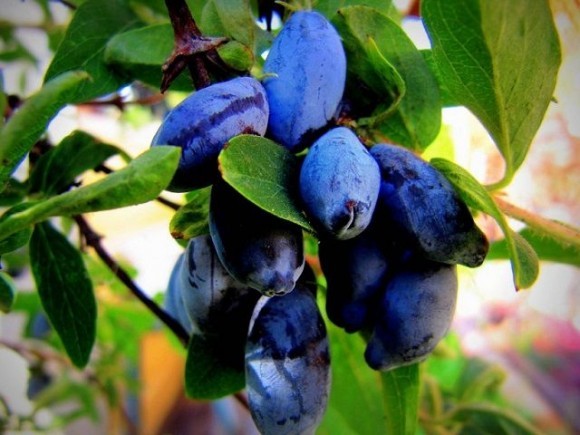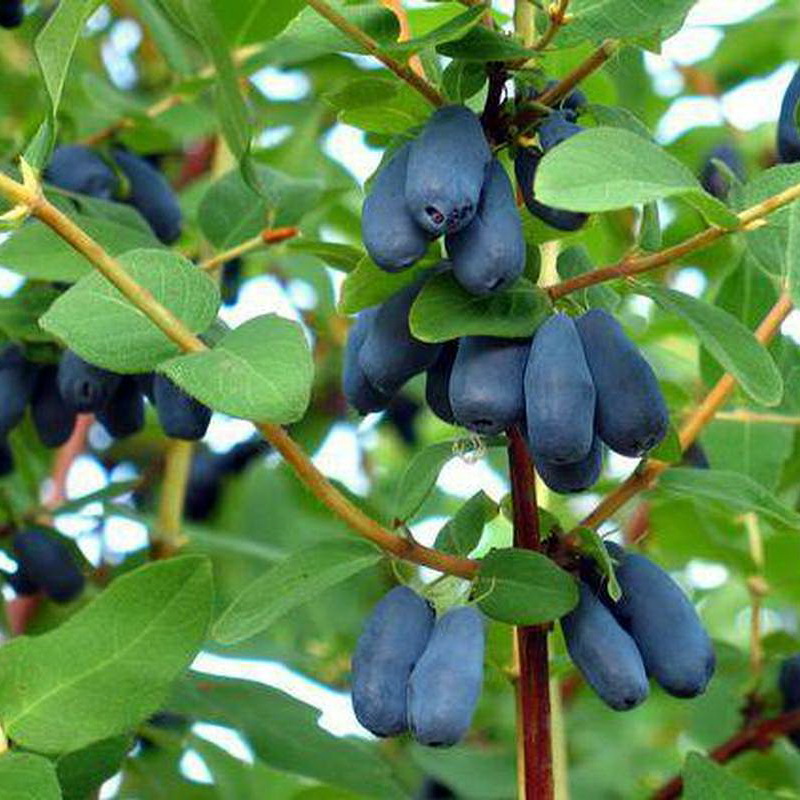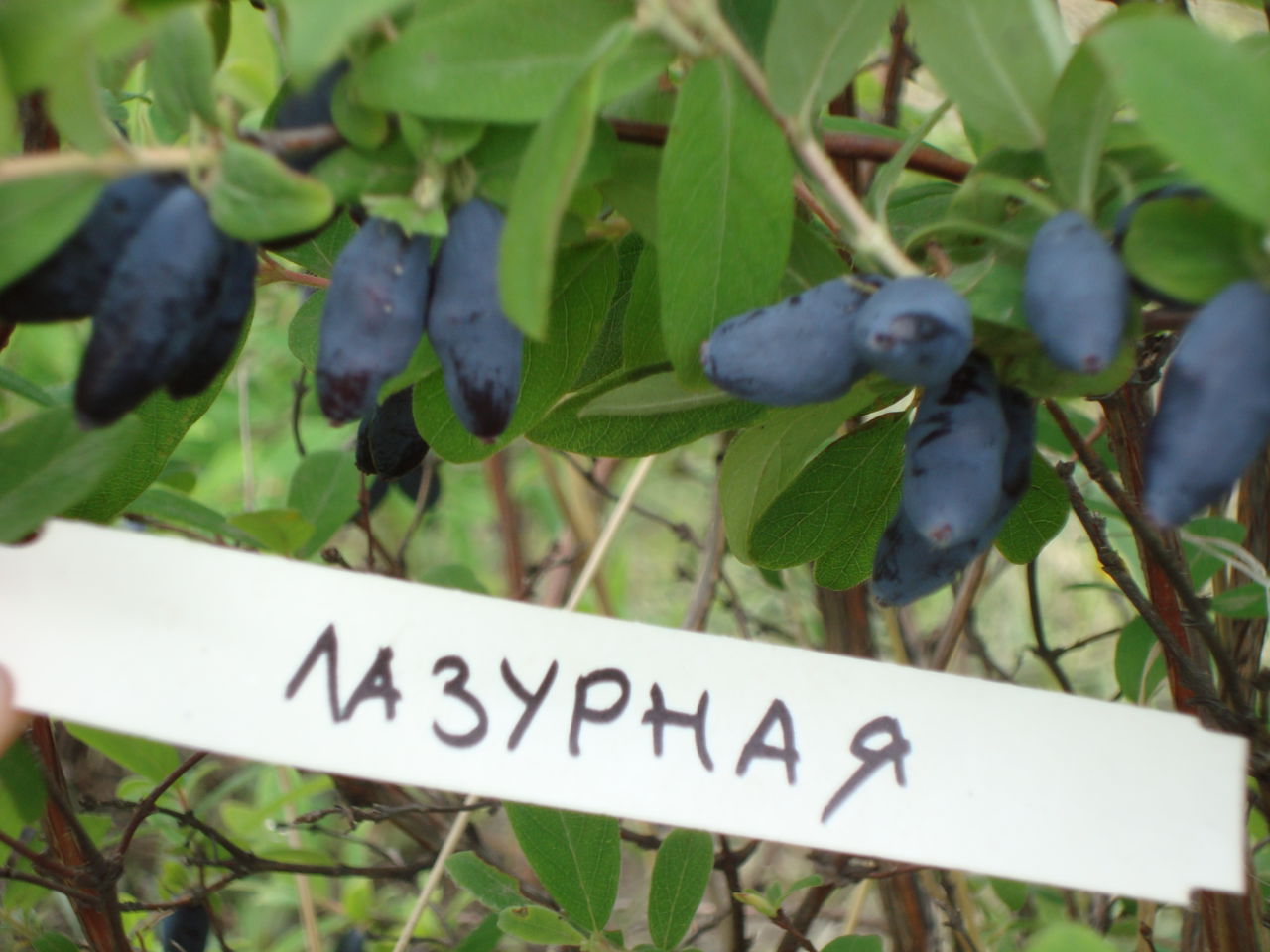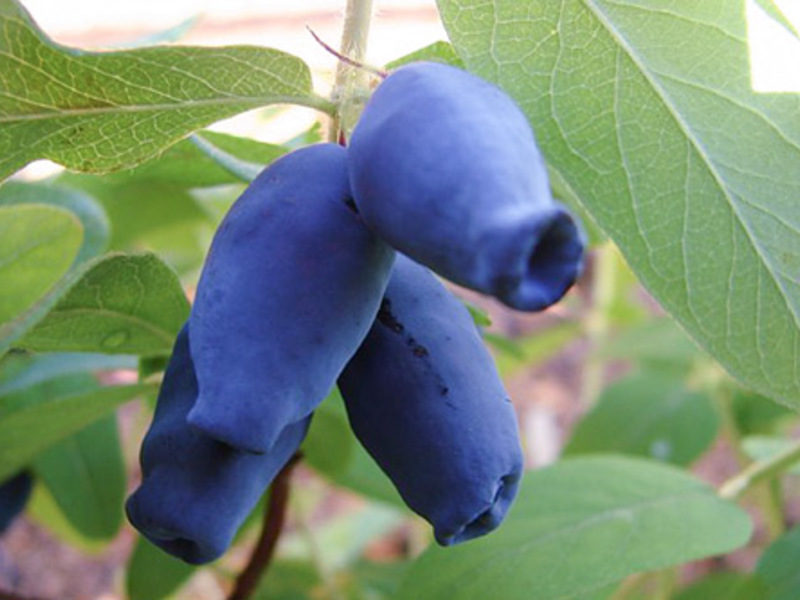Content:
Honeysuckle Delight in a short time managed to win the hearts of gardeners in all regions of our country. Retaining the properties of a wild plant, this variety distinguished itself by improved taste characteristics and large berry size. At the same time, the shrub is unpretentious in care, hardy, winters well. The fruits have many useful properties.
The history of the creation of the variety
The honeysuckle variety Vostorg was bred at the Bakcharskoye horticultural enterprise located in the Tomsk region. All plants bred by this enterprise are characterized by high cold resistance and excellent taste. Now Bakcharskoye is engaged in the development of new varieties of honeysuckle, and the plantation area is 50 hectares. Throughout the history of activity, many hybrids and varieties have appeared with unique characteristics. In 2012, the Rapture honeysuckle trial began.
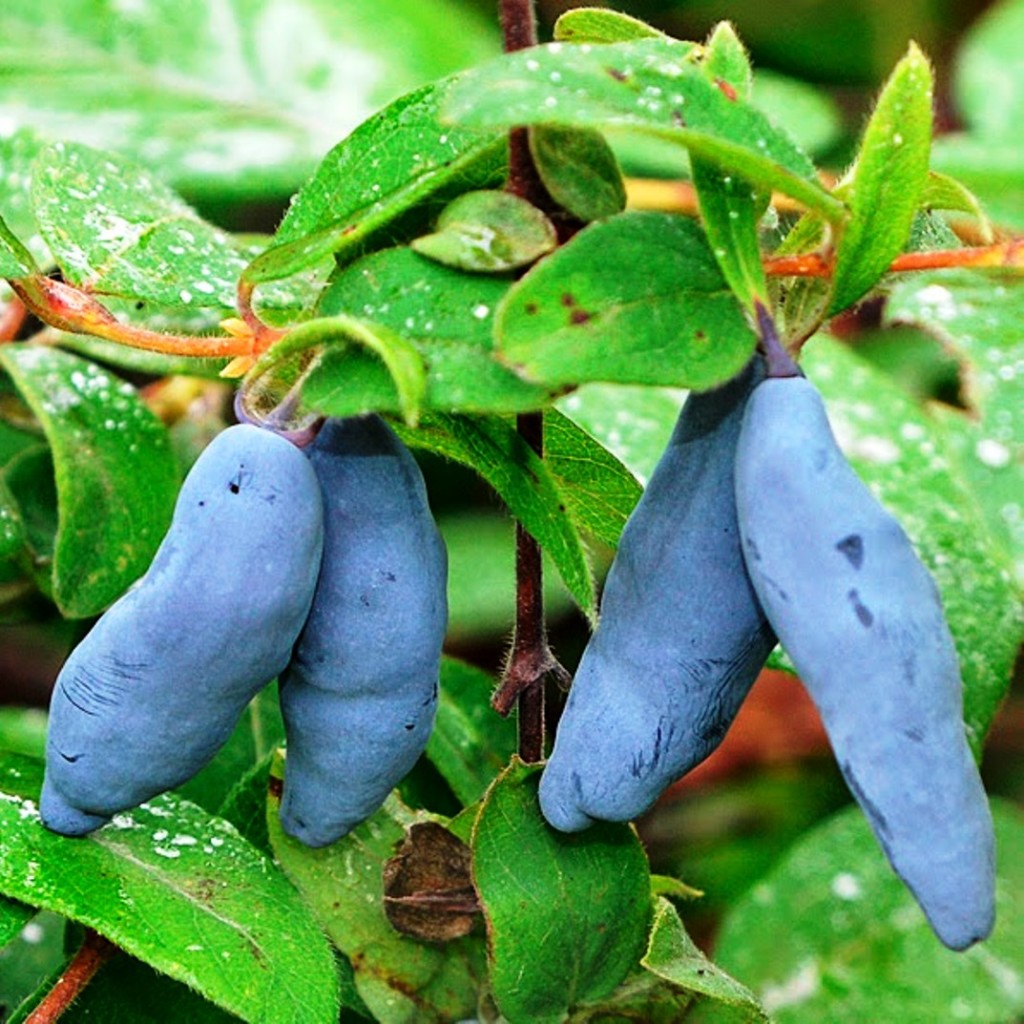
Honeysuckle Delight appeared not so long ago, but thanks to the mass of advantages it quickly gained popularity among gardeners.
Characteristics of the variety
If you are interested in Honeysuckle Delight, the description of the variety should be studied more carefully. Her bush is vigorous, rounded in shape. The crown is not thickened, the leaves are dark green. An adult shrub reaches 1.7 meters in width and height.
Edible Honeysuckle Delight has dark purple fruits, covered with a waxy bloom, fusiform. The mass of one of them reaches 2.5 grams. The taste is excellent. The berries are not bitter, they have a sweet and sour taste, the presence of sugar up to 8.9%, the aftertaste is very pleasant. A variety of honeysuckle Delight is often compared to blueberries or blueberries.
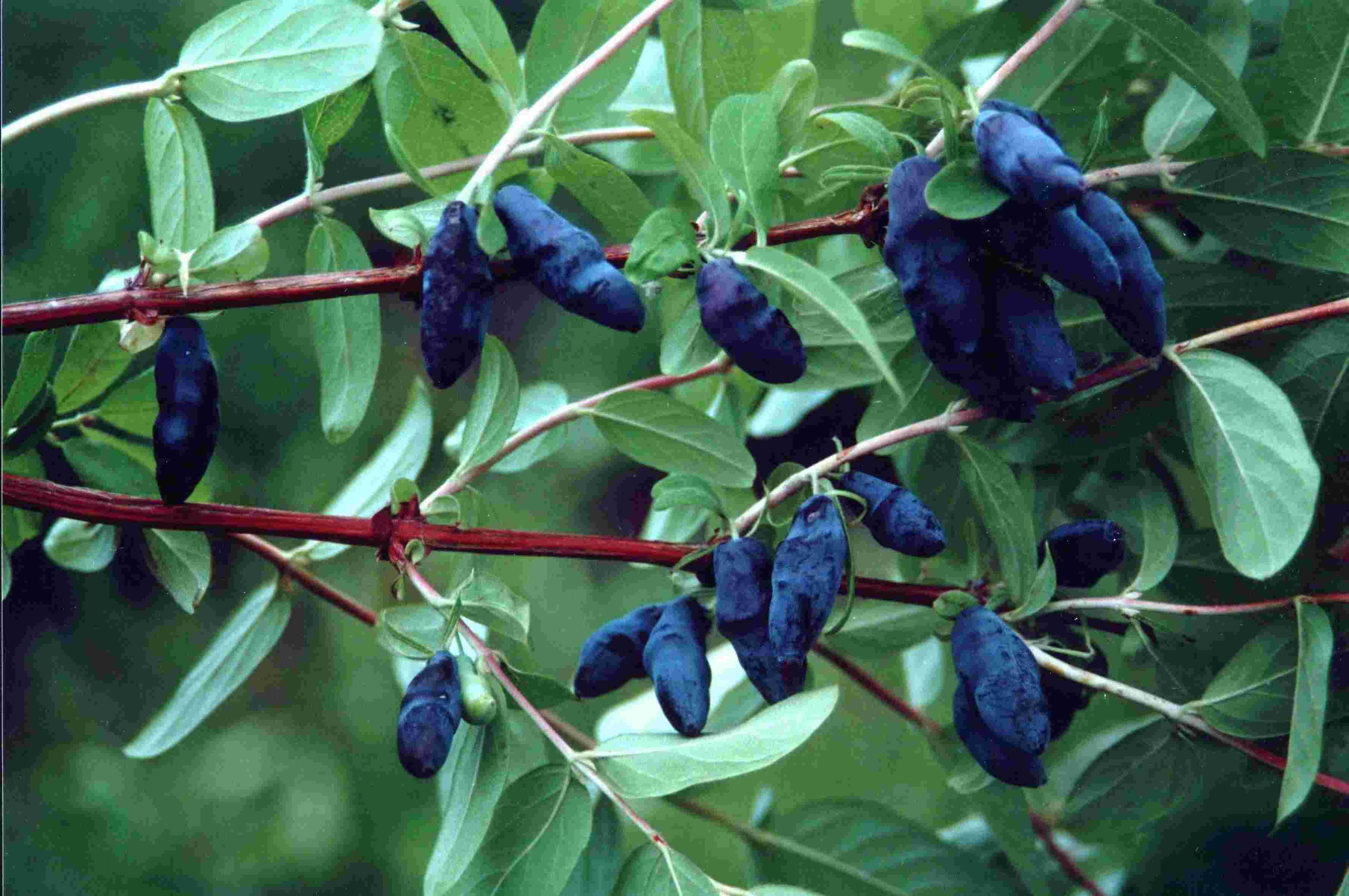
The honeysuckle variety Delight belongs to the early and pleases with the harvest already in mid-June
The characteristic of the variety suggests that it is classified as an early-ripening species; you can harvest it already in mid-June. Fruits do not crumble for a long time and do not lose their taste and marketability. Thanks to their dense skin, they can be transported over long distances. Berries are universal and can be used to make jam, jam, compote, grind with sugar and freeze.
The yield of varietal honeysuckle Delight in the first years reaches 2.5 kg of fruits from one bush, and already an adult plant gives up to 5.5 kg of berries. It is worth noting that the plant needs cross-pollination for successful fruiting, otherwise the harvest will not wait. For this, it is required to plant at least 3 bushes of plants of various varieties on the site. The distance between them is from 1.5 to 2 meters.
The following varieties can be used as a pollinator for Delight honeysuckle:
- daughter of the Giant;
- Silginka;
- Yugan;
- Bakchar Giant.
The shrub begins to bloom and bear fruit for the first time after planting at the age of 3 years. In the first year, the harvest is poor, but from 6 to 15 years the plant has a peak yield. Due to the amicable ripening of fruits, harvesting is simplified. Honeysuckle berries can remain on the bushes for a long time without losing their taste and marketability and without crumpling to the ground. Harvesting begins when the fruit is dark blue. It is impossible to accurately describe this time, because in each region, maturation occurs at different times.
Features of growing varieties
Even novice gardeners can handle the cultivation of Delight honeysuckle. The plant is unpretentious, but requires knowledge of certain nuances. The shrub is planted both in spring and autumn. In the spring, planting work is carried out before the budding begins, that is, as soon as the snow melts. Experienced gardeners prefer to plant and reproduce Honeysuckle Delight from late September to late October.
Honeysuckle grows well on soils with neutral or low acidity. It is desirable that the roots are in the shade, and a sufficient amount of sunlight falls on the crown.
Honeysuckle Rapture has a special life cycle. The plant wakes up very early (leaves bloom by the end of March), and flows into the dormant period by the end of July. This must be taken into account when planting or propagating a shrub. It is better to plan these works for September-end of October. In this case, with the onset of spring, honeysuckle will immediately begin to develop, build up green mass and root system. A distance of 1.5 meters is left between the bushes. Currants will be an excellent neighbor for honeysuckle, so they can be safely planted nearby.
The seedlings selected for planting should be 2-3 years old. A hole is dug under them with a diameter and depth of at least 40 cm (the exact size depends on the volume of the rhizome). The bottom is laid out with a layer of drainage, which is used as stones, tree bark or cut branches. Compost, ash and superphosphate are mixed into the soil. The hole is well watered, a small mound is poured in the center and a seedling is placed on it. The roots are gently straightened and a hole is buried. The root collar is buried no more than 5 cm.The soil around the bush is well watered and mulched. In order to avoid slowing the growth of honeysuckle after planting it on the site, the branches are not pruned.
After harvesting, the shrub begins the process of forming the harvest in the next season. Despite the moisture-loving nature of the Honeysuckle Delight, it does not tolerate waterlogging and stagnant water.
In the first 2 years after planting, the plants do not require additional feeding. Only after 3 years, organic matter is introduced. Top dressing with fermented plants, mullein or chicken droppings has proven itself well. They are introduced before the buds swell, during flowering and after the leaves fall. During the formation of fruits, wood ash is mandatory under the bushes of honeysuckle.
Shrub pruning deserves special attention. He lays fruit buds only on young shoots, therefore it is strictly forbidden to shorten them. An adult honeysuckle bush Rapture should contain no more than 18 skeletal processes, the rest are removed in the fall. From the age of 15, the plant reduces its yield, and at 20 the shrub is already called old. So that the yield does not fall as long as possible, those processes on which there were no fruits should be removed annually. Useful for honeysuckle and rejuvenating pruning, which consists in cutting off growing branches on a stump in the summer. Very soon, young shoots will grow there, which will begin to bear fruit next year.
Honeysuckle delight is resistant to fungal diseases, but preventive measures will not be superfluous. It is necessary to timely process the shrub with a Bordeaux mixture or with Speed. Honeysuckle fruit can be a treat for birds and insect pests.In particular, aphids, leaf rollers, willow scabbards are capable of causing damage to the crop. To prevent this from happening, it is necessary to process the plant with Fitosporin in a timely manner. From folk remedies, an infusion of garlic or wormwood is used. It's a good idea to plant calendula nearby, marigolds.
It is easier for a novice gardener to reproduce honeysuckle Delight by layering. For this, the one-year-old shoot is bent to the ground and sprinkled on top. After a year, it should form roots, after which the young plant can be cut off from the mother bush and planted in a prepared place.
The green propagation cuttings are cut after the honeysuckle has faded. This happens around the end of June. The green shoot along with the heel is torn off and planted in a nursery with fertile soil to a depth of 5 cm.
Advantages and disadvantages of the variety
Like any plant, the Rapture honeysuckle variety has its own advantages and disadvantages. Positive qualities include:
- early ripening of fruits;
- friendly response and large sizes of berries;
- high productivity;
- undemanding and unpretentious shrub;
- excellent frost resistance;
- the fruits do not fall off the bush for a long time;
- berries are removed from the branches without much effort;
- the crop is suitable for long-term storage and transportation over long distances;
- increased resistance to many diseases and pests.
The honeysuckle of the Delight variety has no particular drawbacks. The only thing that gardeners note in their reviews is that overripe fruits tend to partially crumble. In spring, flowering shrubs can suffer from recurrent frosts.
The berries of the honeysuckle variety Delight contain useful substances that improve heart function, help cleanse the circulatory system. It is very easy to grow this unpretentious shrub on your site, and the taste of its fruits will surely please the whole family.
